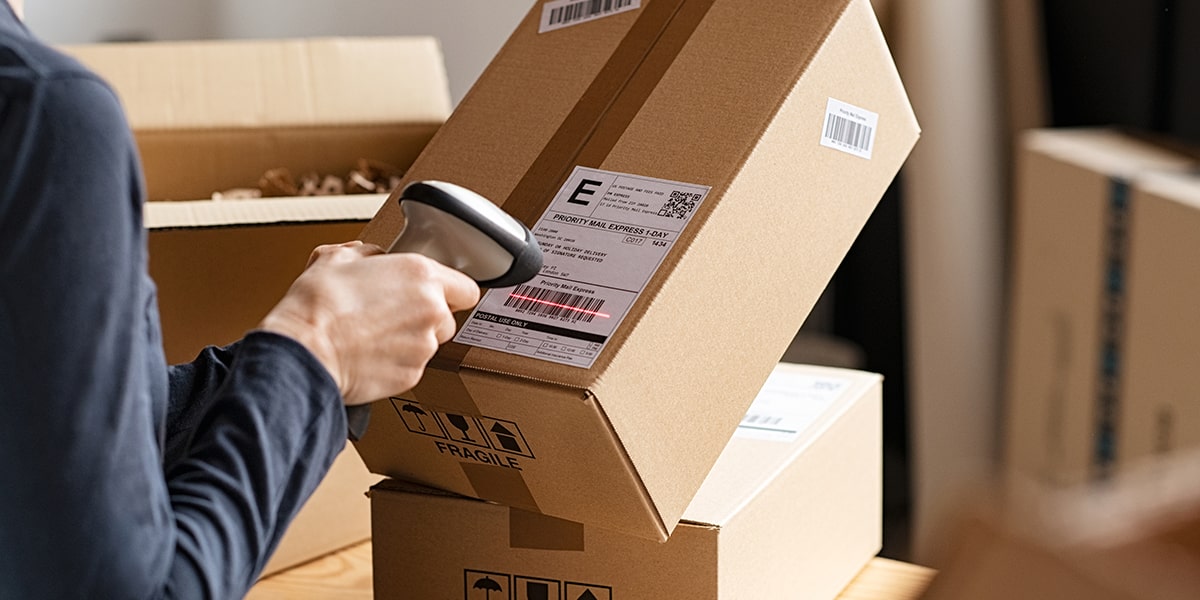Heat Seal Strength Testing of Plastic Packaging
In the realm of consumer products and product safety testing, ensuring that plastic packaging is robust enough to withstand the rigors of shipping and handling is crucial. Heat seal strength testing evaluates the integrity of seals formed during the manufacturing process or post-packaging. This test ensures that the seal remains intact under real-world conditions, thereby protecting the contents from contamination and spoilage.
The primary objective of heat seal strength testing is to determine whether the seal between two surfaces adheres sufficiently to prevent separation. This is particularly important in industries where product integrity directly impacts consumer safety and satisfaction. For instance, in food packaging, a weak or poorly formed heat seal could lead to contamination from external pathogens or environmental factors.
The test involves subjecting a sample of the sealed plastic material to a prescribed load until it fails. The force at failure is measured, providing critical data on the seal's strength and reliability. This information is vital for manufacturers to optimize their production processes, ensuring that seals are not only strong but also consistent across batches.
The apparatus used in this testing typically includes a tensile tester capable of applying controlled forces to the sample. The test setup ensures that the sample is subjected to a defined temperature and humidity condition, simulating real-world packaging environments. This helps in identifying any potential weaknesses or issues that might arise under actual shipping conditions.
Acceptance criteria for heat seal strength testing are based on industry standards such as ISO 14876:2013, which specifies the requirements and test methods for plastic films and sheets used in packaging. These standards provide benchmarks against which the test results can be evaluated to ensure compliance with regulatory requirements.
Compliance with these standards not only ensures product integrity but also facilitates easier market access by meeting regulatory demands. In sectors like food, pharmaceuticals, and electronics, where contamination or leakage could have severe consequences, the importance of robust packaging cannot be overstated. By adhering to rigorous testing protocols, manufacturers can ensure that their products are safe for consumers and meet all necessary legal requirements.
Real-world use cases demonstrate the critical role of heat seal strength testing in various industries. For example, in the food industry, a weak seal on a bag of chips could lead to product spoilage and waste. In the pharmaceutical sector, a compromised seal on a blister pack might expose sensitive drugs to moisture, rendering them ineffective or unsafe for use.
| Industry | Product Type | Potential Failure Mode |
|---|---|---|
| Food & Beverage | Fruit Juice Cartons | Microbial contamination leading to spoilage |
| Pharmaceuticals | Blisters and Pill Bottles | Moisture ingress causing drug degradation |
| Electronics | Printed Circuit Boards (PCBs) | Water intrusion leading to circuit failure |
| Baby Care Products | Ointments and Creams | Airborne contaminants causing contamination |
| Personal Care Products | Toothpaste Tubes | Leakage from compromised seals |
| Household Chemicals | Detergent Bottles | Bursting under pressure leading to spills |
The importance of heat seal strength testing extends beyond mere compliance with regulations. It also plays a pivotal role in enhancing brand reputation and customer trust. Consumers expect products that are not only effective but also safe, and robust packaging is a key factor in meeting these expectations.
Benefits
The benefits of heat seal strength testing are numerous and far-reaching. Firstly, it ensures product integrity by preventing leaks and breaches that could lead to contamination or spoilage. This is particularly important in industries where the quality and freshness of products are paramount.
Secondly, compliance with industry standards such as ISO 14876:2013 not only facilitates market access but also protects against potential legal challenges. By adhering to these guidelines, manufacturers can avoid costly lawsuits and penalties associated with non-compliance.
Thirdly, heat seal strength testing enhances brand reputation by demonstrating a commitment to quality and safety. This is especially important in today's highly competitive markets where consumer trust is increasingly valued over product price alone. Companies that prioritize this aspect of their operations are more likely to build lasting relationships with customers.
In addition to these benefits, the test also provides valuable insights into the performance of packaging materials and the sealing process. This information can be used to make informed decisions about material selection and process optimization, ultimately leading to cost savings through reduced waste and rework.
Why Choose This Test
Choosing heat seal strength testing is essential for several reasons. Firstly, it offers a reliable method of assessing the quality and reliability of packaging seals. By subjecting samples to controlled conditions that mimic real-world scenarios, this test provides accurate data on the performance of the packaging.
Secondly, compliance with industry standards such as ISO 14876:2013 ensures that the test results are consistent and comparable across different manufacturers and regions. This standardization is crucial for maintaining quality control and ensuring consistency in product specifications.
The third reason to choose this test is its ability to identify potential weaknesses or issues early on in the manufacturing process. By catching these problems before they lead to significant financial losses, companies can implement corrective actions promptly. This proactive approach not only reduces waste but also enhances overall operational efficiency.
Finally, heat seal strength testing supports regulatory compliance and market access by ensuring that products meet all necessary legal requirements. In regions with stringent packaging regulations, this test is a must-have to avoid potential delays or bans on product distribution.





